This is a tale of two galls. One gall (below, left) was created by the Thistle gall fly (Urophora cardui), the other (below, right) by the Bedeguar gall wasp (Diplolepis rosae). I harvested the first gall late last year, the second early this year and, when I brought that second gall home, I made a rookie error – I put it in the same jar as the first gall. Why was that an error? Because it meant that if/when anything emerged from the galls, I wouldn’t know which gall it came from.
A few weeks ago, in late April, creatures began emerging from one or other or both of the galls. At the time, because I found an empty pupa case poking out of a hole in the Thistle gall, I assumed the creatures had emerged from it – I wrote about that in What’s in a gall?, April 2020. It turns out I was wrong.
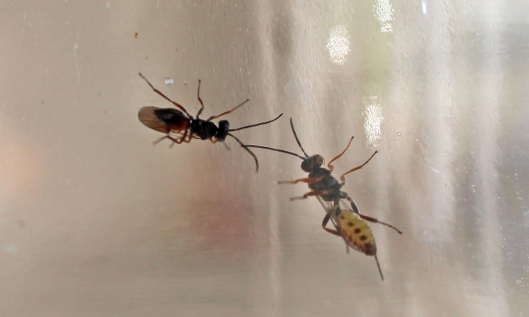
After writing that piece, I decided to place the galls in two separate jars and, as I wrote in a post last week, two different wasp species have subsequently emerged from the Bedeguar gall wasp’s gall, the gall causer itself (Diplolepis rosae) (above, left) and a second wasp (above, right), which turns out to be the same species of wasp I wrote about in April and which, at the time, I thought had emerged from the Thistle gall fly’s gall.
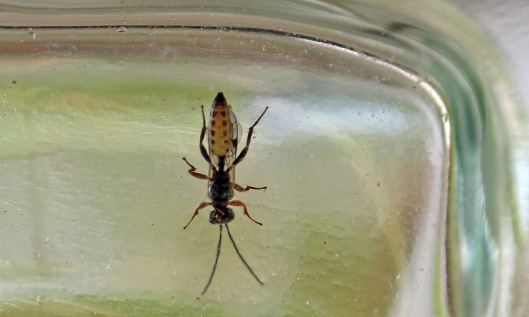
The empty pupa case is now a mystery but the second wasp’s identity has been confirmed as Orthopelma mediator, a parasite of the Bedeguar gall wasp. So, adding to the initial three that emerged, a total of four of these wasps have now hatched from that gall. Amazingly, there is only one previous record, from 1933, for this wasp in the Welsh records database but I don’t think that’s because it’s a rare find; it’s just that no one bothers to keep the galls to see what emerges from them and thus the wasp is under-recorded.
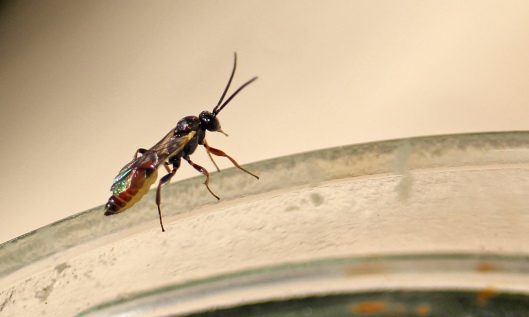
So, I hope I have convinced you that this is a fascinating process which you might also like to try but do remember the moral of this tale of two galls: if you decide to bring home galls to see what might hatch out, make sure you put each and every gall in a separate jar!


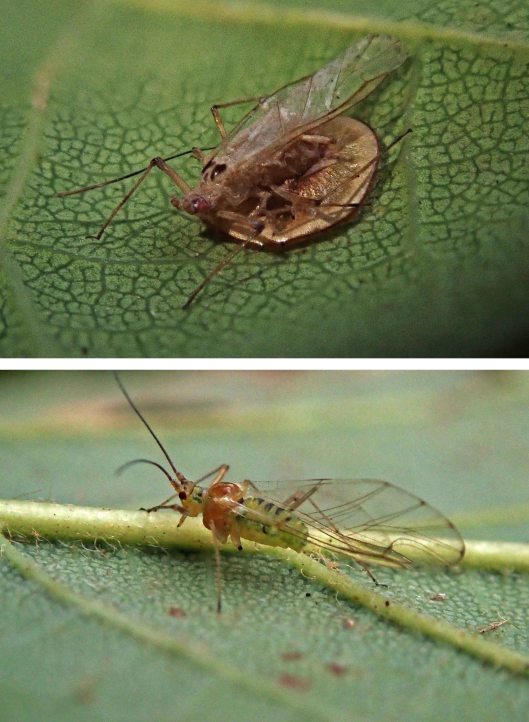
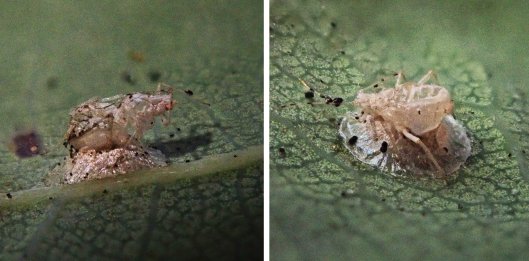



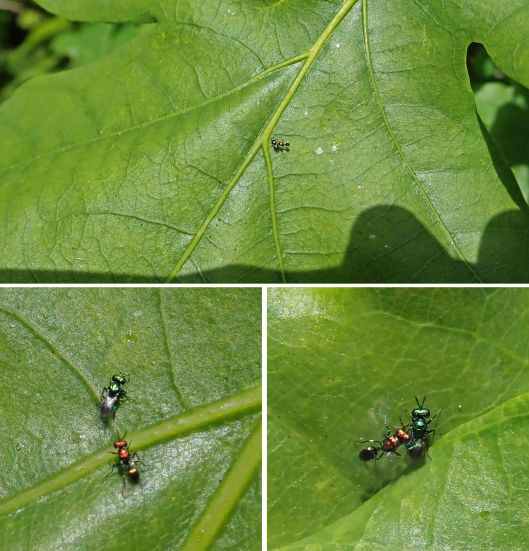











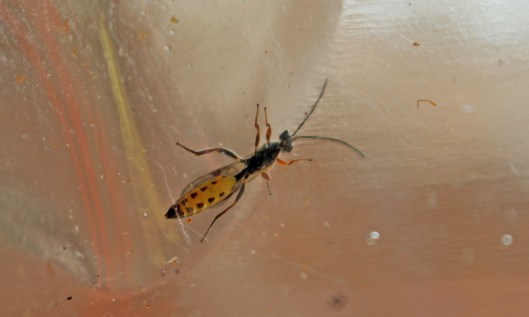
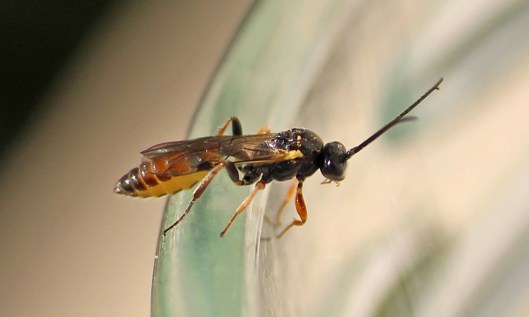



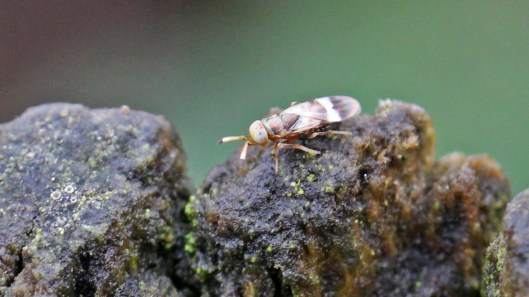
You must be logged in to post a comment.